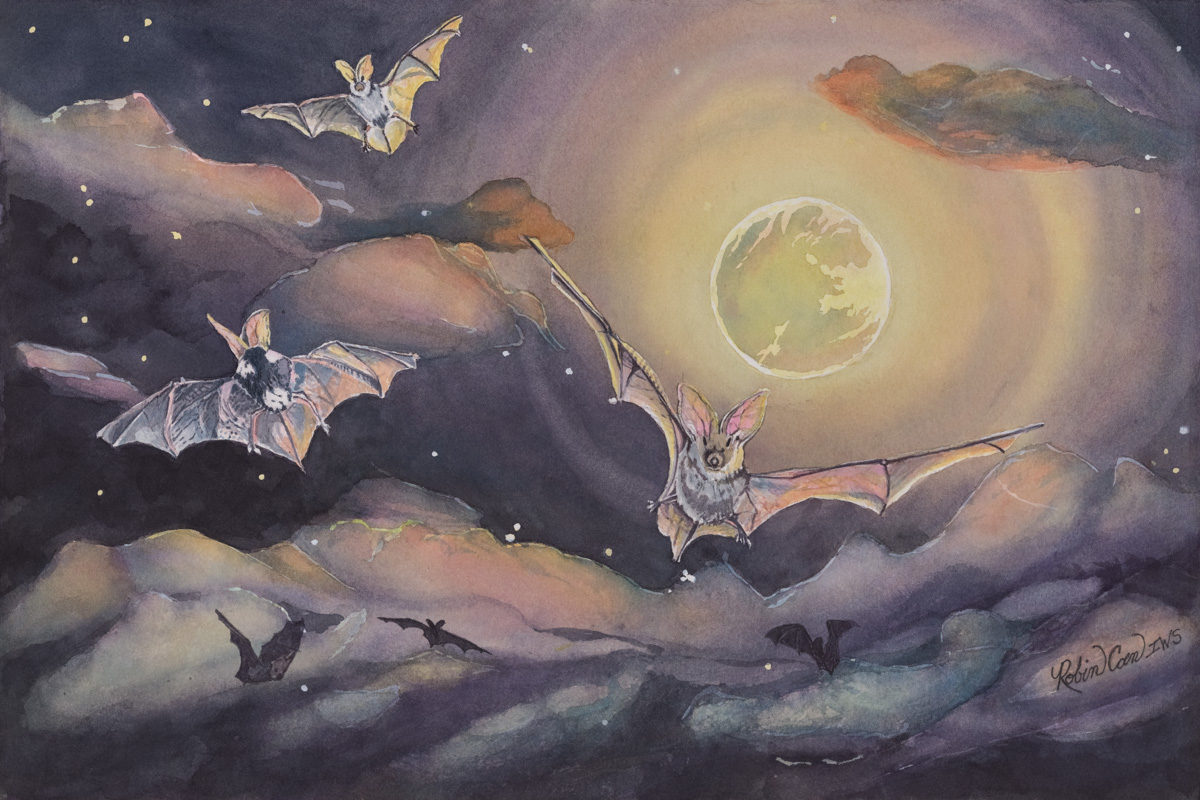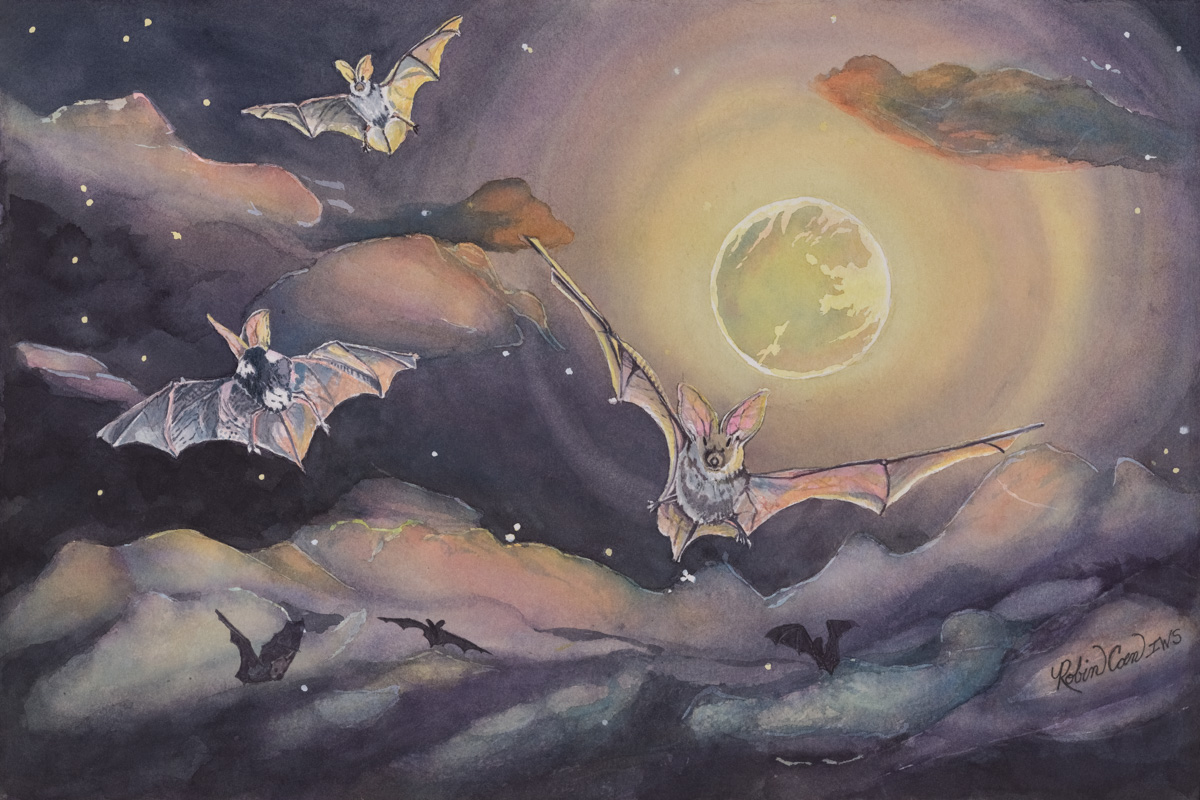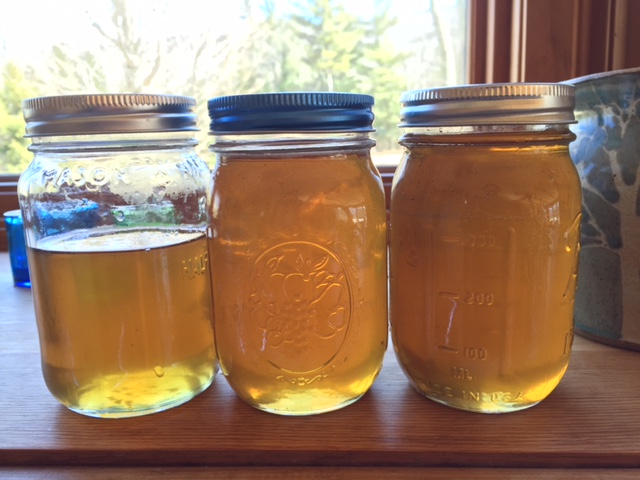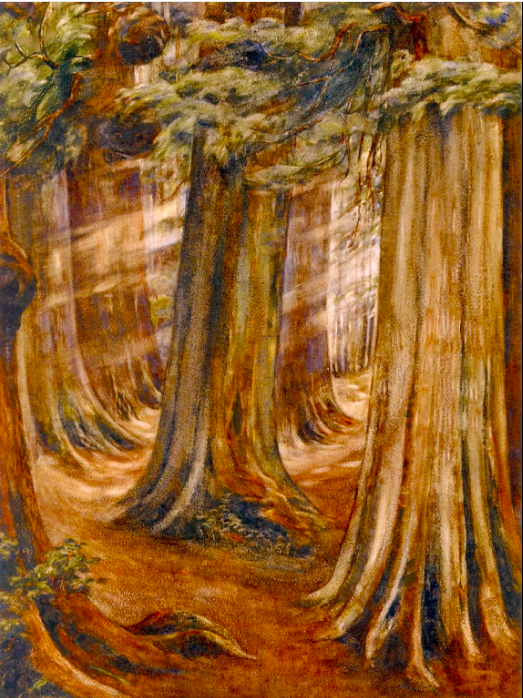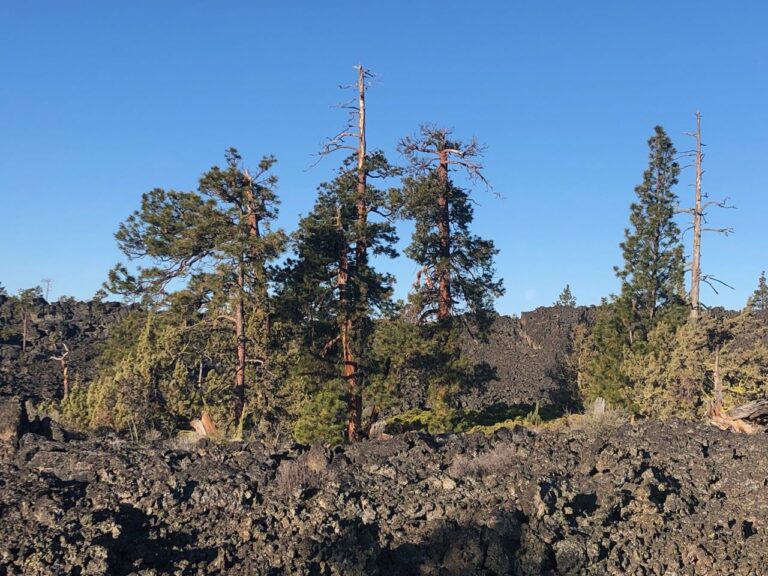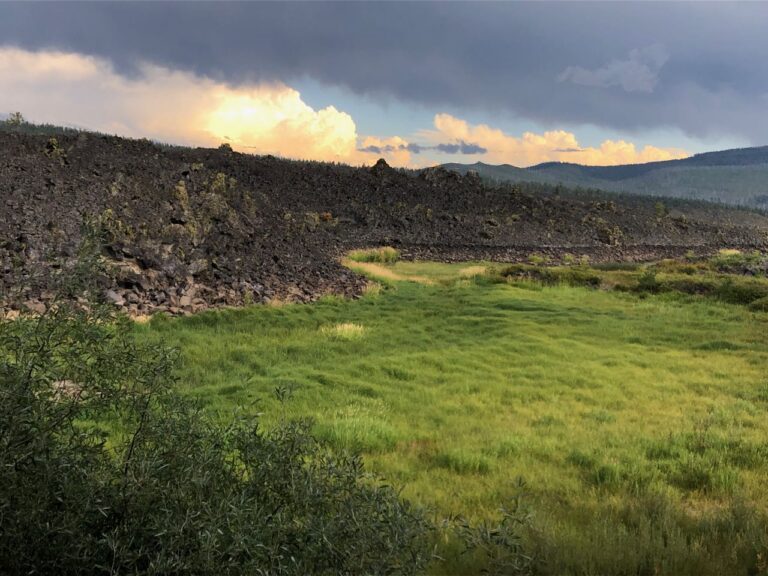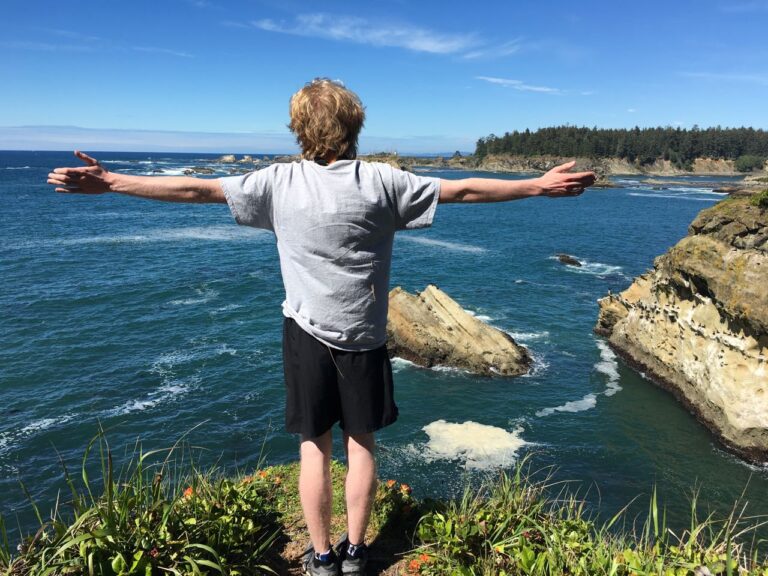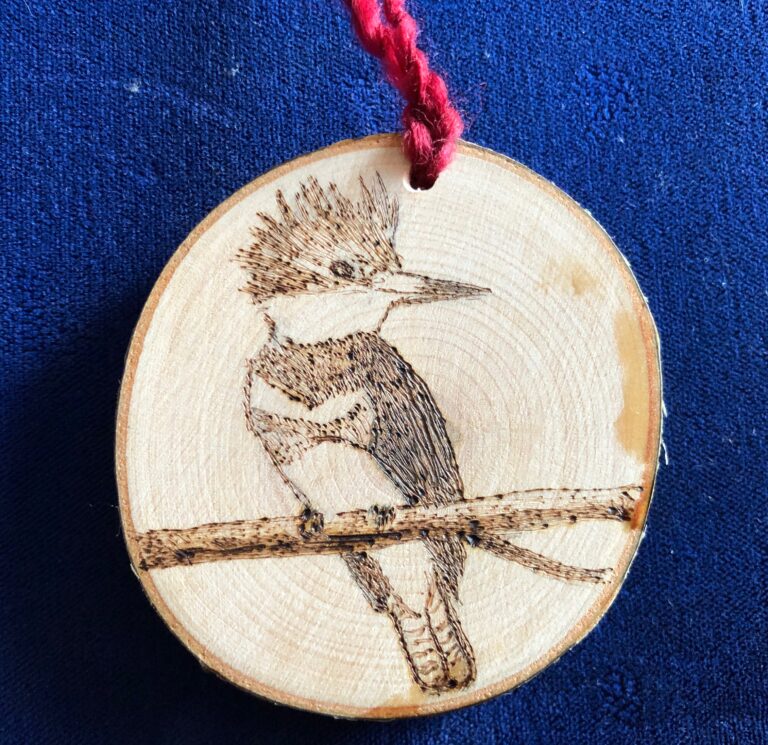Spotted Bat Moon Dance
“Without the call there is no echo.” Ed Yong, Immense World
Whirling in moonlight and stars, spotted bats fly in a dance of clicks and buzzes. Opening their mouths, they fire ultrasound pulses at shrieking high decibels that would make a human ear flinch. But bats don’t mind. They simply contract muscles in the middle of their flared ears for protection. So sensitive are their ears to the returning echoes, bats “see” the shape, position, and location of the moths they prey upon.
As dusk falls to darkness above a meadow laced by a bubbling creek, salmon-hued clouds swim across a sky river. Bats are the flying mammals of the night, flapping wings that are forelegs stretched into skin. Spotted bats wheel, somersault, and scoop up moths with their tails. In turn, moths evade bats like stunt pilots performing barrel rolls, loops, and steep dives.
The future of spotted bats is twinned with moths that pollinate many flowers. Moth caterpillars depend on native plant hosts. Far below the moonlit dance of bats and moths are the native bunchgrasses and shrubs, essential to the future of both species.
To ensure there will always be a call and an echo, take a stand for bats, their prey, and their habitats. Of Oregon’s 15 species, eight are at risk, including rare spotted bats, seeking night roosts in cliffs, caves, canyon walls, and trees adjacent to meadows. They pursue moths above meadows and along lush streamsides. Pollinators and spotted bats dwell in a dynamic balance. So do we all.
Bat Power!
The 1,300+ species of bats across the planet inhabit the realm of impossibility. The only mammal that can truly fly, bats echolocate, sing complex tunes, eat half their body weight in insects each night, reseed forests, pollinate flowers, and are responsible for tequila and chocolate in our lives.
All bats face threats from white-nose syndrome that has killed millions of hibernating bats (mostly in the East and Midwest), spraying pesticides, disturbing roosts, and logging big trees that serve as roosts. Bats need us to show our power to keep them safe.
#
HAPPY HALLOWEEN AND BAT WEEK!
This painting and my prose are part of the Refugia of the Blue Mountains exhibit featuring Robin’s art and my prose and poetry, and sponsored by the Greater Hells Canyon Council. Find out more and view the upcoming schedule for exhibits at GHCC’s Wild Blues Artist-in-Residence page.
To view and purchase prints of this artwork and all 37 watercolors of the Refugia of the Blue Mountains Series, see Robin Coen Art. Finally, on this spooky Halloween–please give back to bats that are facing unparalleled threats across the globe. One way is to support the conservation groups that are defending their habitats. You can take tangible actions, too. See: Five Ways to Protect Bats in the Pacific Northwest.
